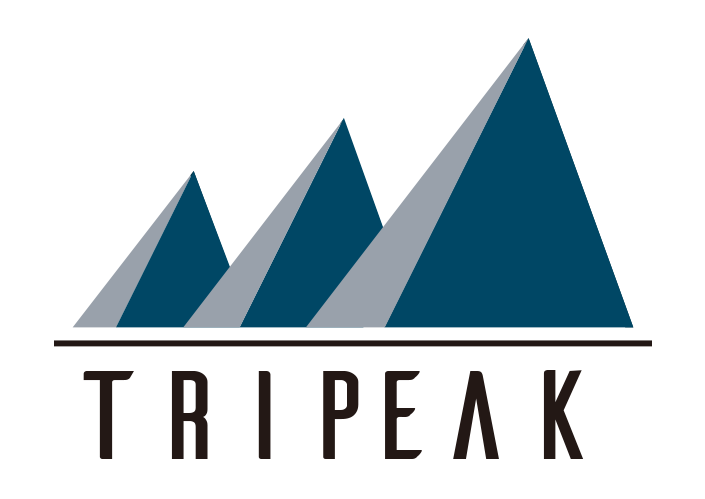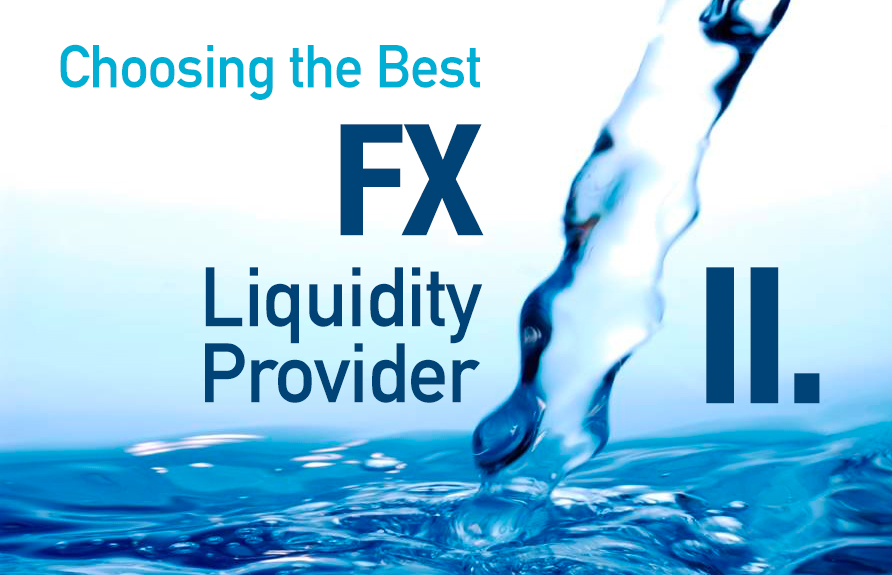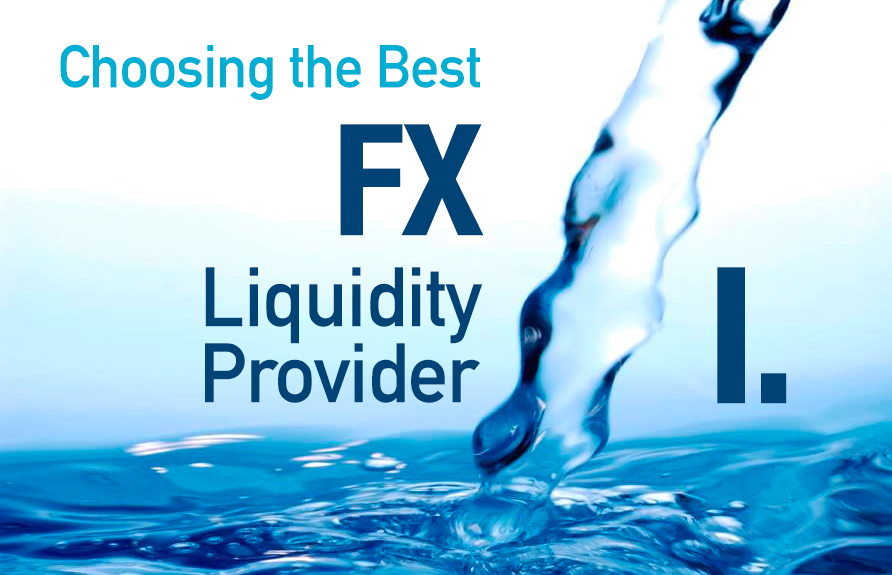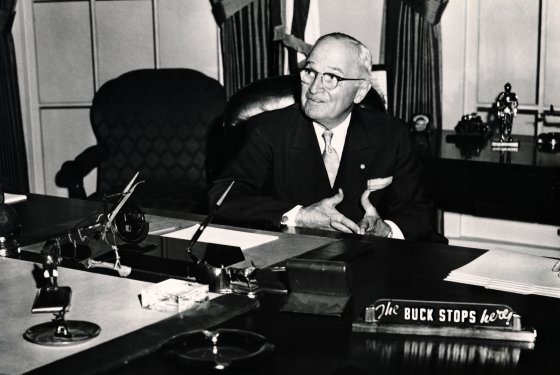Part II: Market Maker versus STP Broker
Written by Fred Scala
I often hear people mention that they only want to deal with an STP broker: they don’t feel comfortable trading against a market maker. Back when e-trading was in its early stages brokers that employed a market maker strategy were often accused of moving prices to trigger orders that were unprofitable for their clients. On the surface the complaints made sense because the broker benefited from the clients loss and when the broker only had a few clients they may have been able to manipulate their rates. I don’t think that is so today.
Market Maker
Brokers that have a market maker business plan provide both a bid and an offer constantly. If they change their stream to affect one side of the market they will create opportunities for the other side of the market. When you have tens of thousands of clients it’s not possible to move rates to create a disadvantage for one group of clients without also creating an advantage for another set of clients.
Every market maker does have the ability and the right to express their interest. What I mean by that is if the market maker has a large short position and they are uncomfortable they may show a more aggressive bid and a less aggressive offer, as an example if the market is bid at 22 and offered at 23 this dealer may show a bid at 22.5 and an offer at 23.5. This has nothing to do with market manipulation but rather the inventory that they have built up. You may say that they are penalizing buyers who will pay a higher price but they are also providing a higher bid price to anyone with selling interest. If you choose to work with a market maker ensure that their prices are consistent with normal market spreads, you don’t want to deal with a market maker that will consistently widen their prices rather than skew their prices to show a better bid or offer.
In trading with a marker maker you will rarely have an issue with high rejects or long latency hold times. The market maker will accept your trade and manage the risk once it comes into their position.
STP Broker
STP stands for straight through processing which means a Forex broker will pass all the trading flow to their liquidity providers. STP brokers naturally align their interests with their clients’ interests as the STP brokers profitability depends on the overall volume traded by their clients. Nevertheless, STP brokers have several downsides that are important to consider when choosing a liquidity provider.
An STP broker will be subject to higher rejection rates as their execution depends on the depth of their liquidity pool: the bigger the trade is the higher chances of rejects. Latency will always take place as it takes some time for STP broker to pass the trade to LPs and report execution back to the trader. The normal work flow of an order for an STP broker is as follows: 1) Client enters an order and sends it to the broker 2) Broker accepts the order 3)Broker passes the order to the LP with the best price available 4) LP accepts the order 5) LP confirms that the order has been executed 6) LP sends the execution message to the broker 7) broker sends the execution message to the client. Slippage in fast moving markets is another complaint that you might hear from clients trading with an STP broker. News traders will suffer most. Possibility of price adjustments is another drawback of an STP broker. If STP broker executed your trade and due to some technical issues the trade was not honored by LPs at the reported price – your price will be adjusted. The STP broker will work with their LPs and try to come up with solutions but they may not always be favorable for the client.
Whom to work with
The decision to trade with a market maker or STP broker depends on the client base of your retail brokerage company. For example if your clients are news traders then a market maker stream will suit their needs best. If your clients don’t trade in fast moving markets then you might prefer working with an STP broker. Most market makers have the ability to offer both STP and market maker streams since they have risk managers on sight and incoming streams to STP where they build their price from.
I hope I was able to offer some insight into what determines a better liquidity partner. For questions or comments please contact me at fscala@Tripeak.com
Read Part I here








